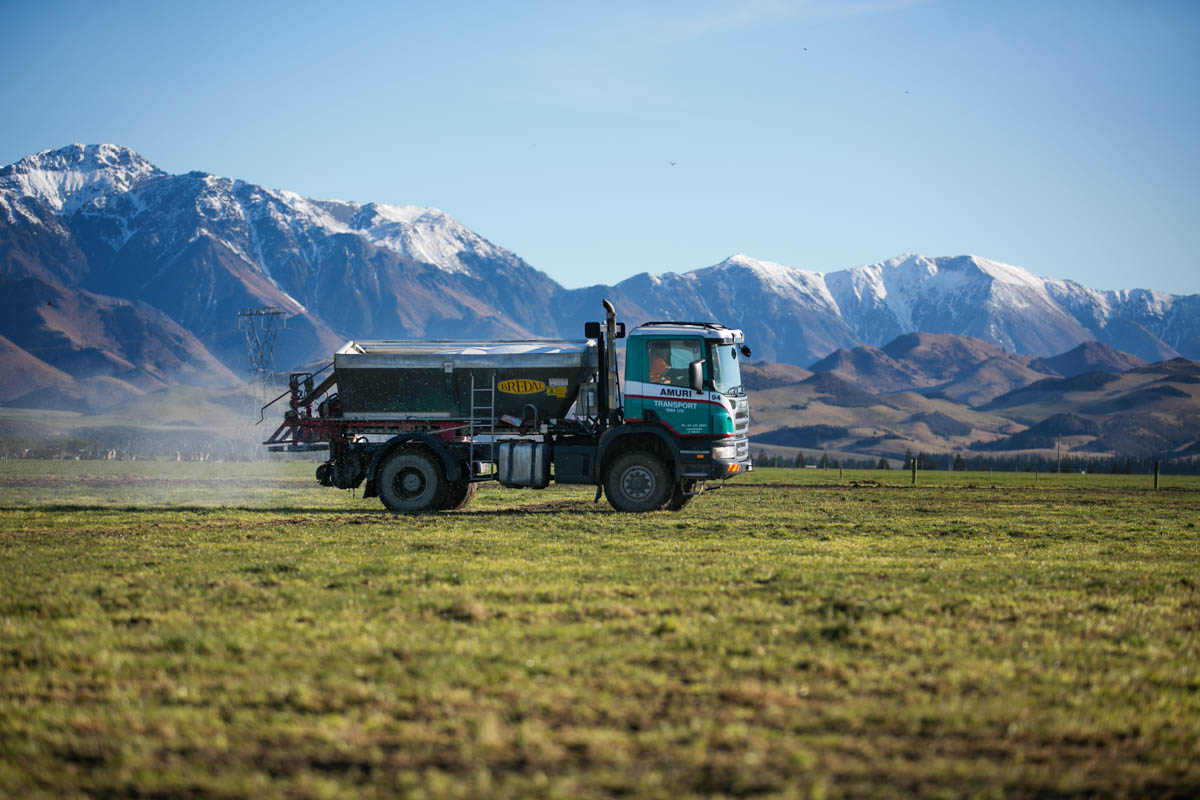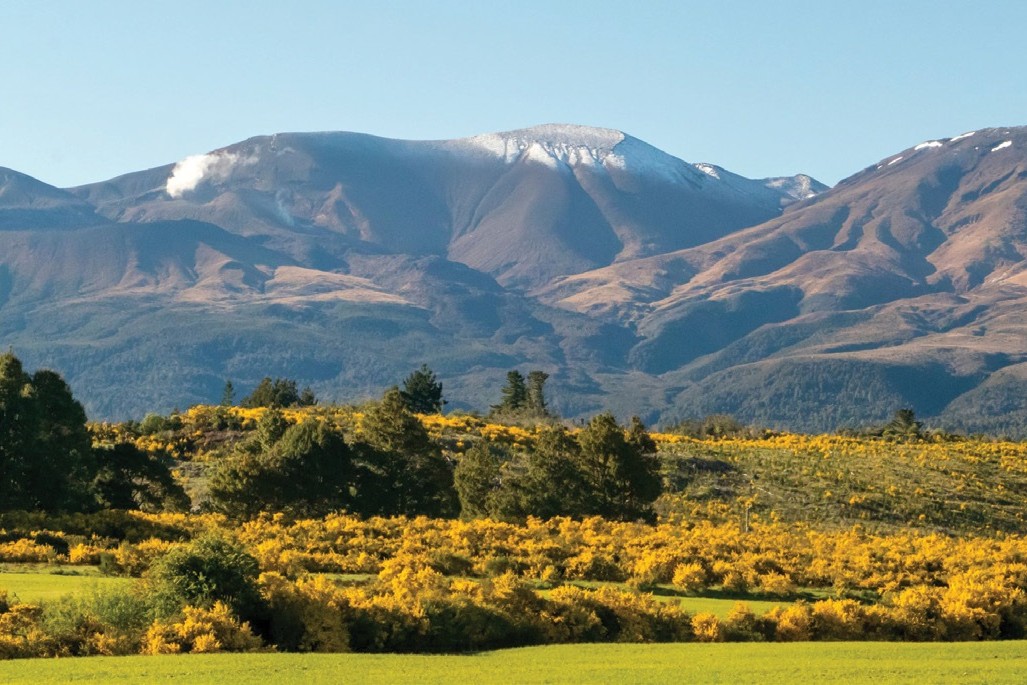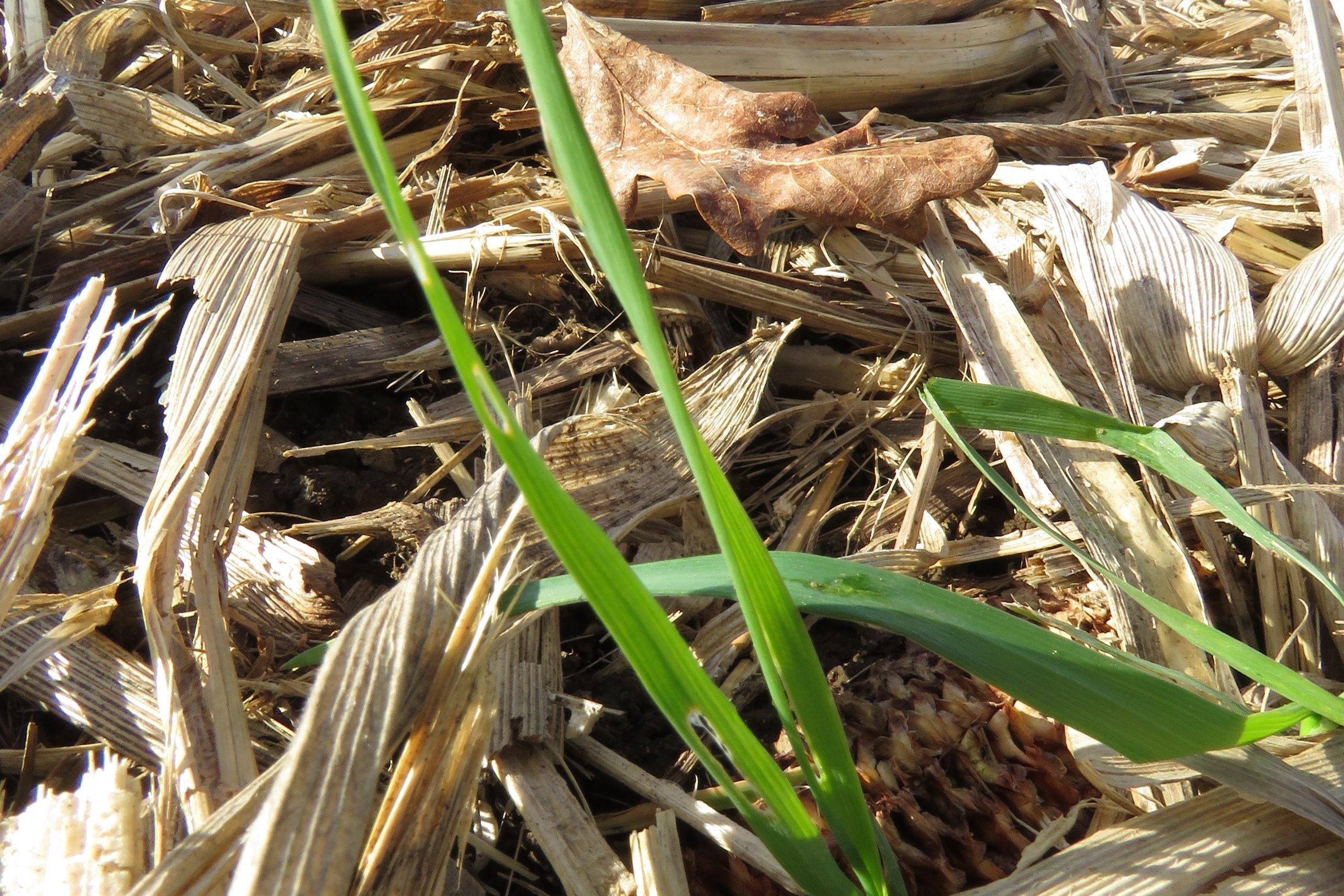Nurturing the land through exploring pastoral farming
Whenua Haumanu is the most comprehensive programme assessing the suitability and relevance of regenerative agriculture in New Zealand. Jackie Harrigan attended the first field day at Massey University.

Strong local and national interest in regenerative farming saw close to 200 people attending an on-farm field day at Massey University in late November.
The event showcased Massey University’s Whenua Haumanu programme – the partnership between Massey University and the Ministry for Primary Industries (MPI). It is the most comprehensive programme on the effects of contemporary and regenerative pastoral practices. This seven-year project brings together universities, Crown Research Institutes and industry partners to assess the suitability and relevance of regenerative agriculture in New Zealand.
Programme and Research Lead Professor Danny Donaghy said in his opening remarks that “everyone who is anyone in the New Zealand pastoral industry is involved – and if they are not currently, we welcome them to become involved.”
Whenua Haumanu measures multiple aspects throughout the farm system, exploring how different pasture mixes and management practices impact soil biology, pasture growth, animal production, quality of milk, meat and wool products, nutrient leaching, emissions, and carbon capture and storage.
Attendees of the field day spent time on Massey University sheep and dairy farms learning about contemporary and regenerative farming practices across both standard and diverse pastures on several research sites. Attendees said they enjoyed the practical ‘in the paddock experience’ and were keen to visit again to see further results in coming years.
They were shown how Massey scientists are measuring what is happening below ground, including root activity of pasture plants, the structure and chemistry of the soil, and the flow of nutrients over and through the soil. Above ground the researchers are studying the dynamics of the pasture mixes, greenhouse gases and the interactions with animals and animal products.
“Pastures with a diverse mix of plants and farming practices that nurture the soil are key to regenerative agriculture. Above and below ground, exploring how this works, and why, is the focus of the research,” Professor Donaghy says.
Dairy Research lead Dr Nick Sneddon explained how differences in the taste of milk were being investigated along with cow reproductive performance, milk production, and animal well-being.
After 18 months, all farms are “really humming” according to the sheep research lead Dr Lydia Cranston, who is confident they are achieving great results through regenerative and contemporary management across the farms.
The Romney ewes have lambed and lambs taken off for finishing. Average docking and weaning weights of lambs (see table) show that those under the regenerative management systems, in both standard and diverse pastures, achieved higher weights.
The take on this, so far, is that the higher pasture covers under the regenerative management systems allowed for greater ewe milk production and lamb growth rates, Cranston says.
The gold standard for measuring nitrate leaching has been installed in the sheep programme of Whenua Haumanu said Cranston, “the first time the technology has been set up in sheep pastures”.
The soil type at the sheep research block is Tokomaru silt loam, wet in winter, and dry in summer, and difficult to farm on, but the addition of a hard impervious pan at a depth of 60com makes it perfect for installing a drainage system to measure, record and test the volume and makeup of the drainage water, Cranston added.
“The measuring of concentration of N and the volume of drainage water makes it possible to measure the total N loss over a year.
“It’s something we want to get a really good handle on with the advent of potential land use changes coming in the industry – what are the environmental benefits of farming sheep?
“And with this study, what are the benefits of using diverse pastures and different grazing management practices on nutrient loss.”

Pastures:
Sown Easter 2023 – the driest autumn in 42 years, followed by the wettest winter in 85 years – so the grass was very slow and struggled to keep up with sheep demand.
The following species have been established:
Diploid and tetraploid perennial ryegrass, meadow fescue, cocksfoot, timothy, red clover, two types of white clover, chicory, plantain, birdsfoot trefoil, Sainfoin, sheep’s burnet, balansa clover, persian clover, area leaf clover, subterranean clover, strawberry clover, vetch.
All of the species have shown up, said Donaghy, although there hasn’t been a lot of sheep’s burnet. The timothy has also been a lot slower to establish.
Estimating herbage mass:
Measuring of ryegrass swards is well proven, but a mixed and diverse sward needs a different approach, said Eru Tait-Jamieson, research manager for Whenua Haumanu.
The rising platemeter is being used for day-to-day estimation of herbage mass, but monthly calibrations are done to develop their own equations that can look back and correct the measurements that have been done, because of the nature of diverse swards being higher, and more uneven with different concentrations of pasture mass.
So far, with every grazing the sward composition and the dynamics of height to drymatter change with
every grazing.
“It is going to take some years before we can really nail down something that can be used across the farming industry for diverse species swards.”
Technicians use a handheld NDVI (Normalised Difference Vegetative Index) to measure the colour and health of the sward each day – an indication of health and growth that is used in the horticultural industry.
The same technology is also mounted under a drone for use on fine days.




